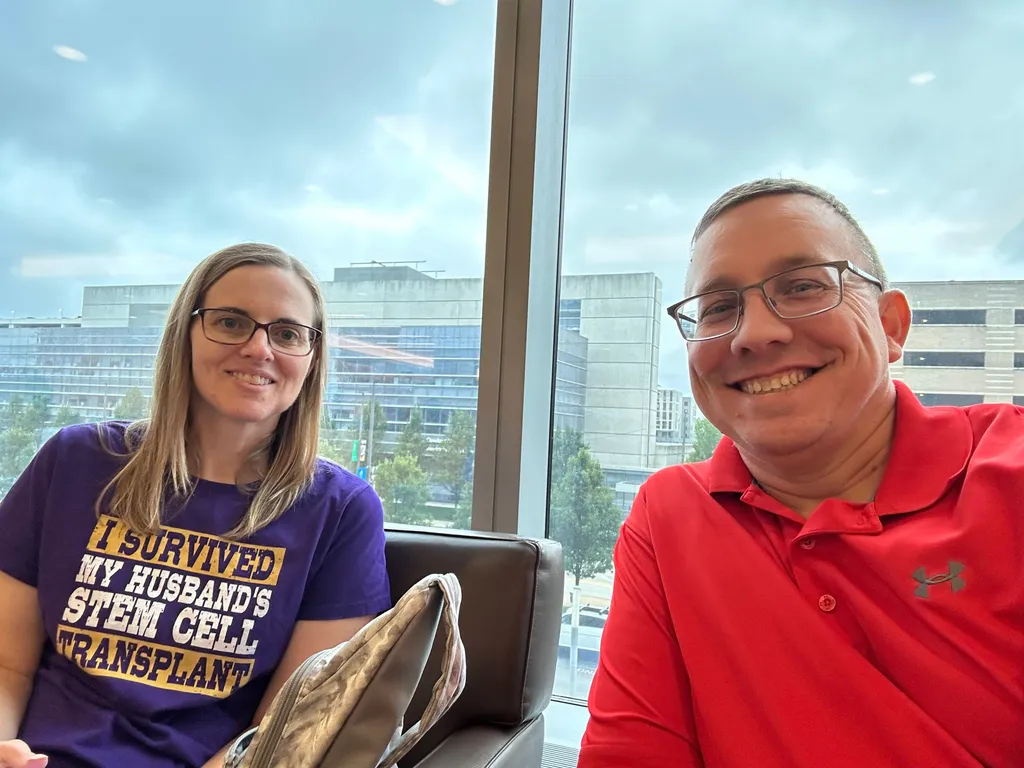What Is Secondary Myelofibrosis?

Myelofibrosis (MF) is a complex blood disorder characterized by an enlarged spleen, various blood cell abnormalities, and potential complications such as vascular issues and progression to a more aggressive phase. Diagnosing MF involves thorough assessments, including blood tests, bone marrow analysis, genetic evaluations, and understanding your medical history. At the American Society of Hematology (ASH) 2023, Passamonti and Mora provided an updated review of myelofibrosis and its secondary causes.
Secondary myelofibrosis (SMF) encompasses a range of conditions where the bone marrow's ability to produce blood cells is restricted, leading to fibrosis. Due to its multiple causes, it occurs more commonly than primary myelofibrosis.
What Causes Secondary Myelofibrosis?
Secondary Myelofibrosis is a result of previous damage to the bone marrow, for it to be considered secondary, there must be a health history of any of the following conditions:
- Key genetic mutations like JAK2V617F, CALR, and MPL
- Chronic kidney disease
- Long-term chemotherapy use, especially drugs that are poisonous to the blood cells
- Hemolytic anemias
- Abnormal growth of cells or tissues in the body(?)
- Leukemia, multiple myeloma, or other blood cancers
- Cancer cells that have spread throughout the body
- Inflammatory processes that have passed like; granulomas, osteomyelitis, autoimmune disorders, etc
- Conditions of the bone marrow, like scars from biopsies, dead tissue or radiation
- Bone diseases that affect bone replacement and formation
Myelofibrosis is caused when fibroblasts (cells that create scar tissue) grow in the bone marrow, interfering with the blood supply and replacing blood-forming cells with inactive fibrous tissue. So, anything that can cause fibrous tissue to form in the bone marrow can potentially induce secondary myelofibrosis. To know more about the types of secondary myelofibrosis, we have a comprehensive article here.
If you want to receive updated information on myelofibrosis, you can create an account at HealthTree Cure Hub to participate in webinars, events, and more!
Myelofibrosis (MF) is a complex blood disorder characterized by an enlarged spleen, various blood cell abnormalities, and potential complications such as vascular issues and progression to a more aggressive phase. Diagnosing MF involves thorough assessments, including blood tests, bone marrow analysis, genetic evaluations, and understanding your medical history. At the American Society of Hematology (ASH) 2023, Passamonti and Mora provided an updated review of myelofibrosis and its secondary causes.
Secondary myelofibrosis (SMF) encompasses a range of conditions where the bone marrow's ability to produce blood cells is restricted, leading to fibrosis. Due to its multiple causes, it occurs more commonly than primary myelofibrosis.
What Causes Secondary Myelofibrosis?
Secondary Myelofibrosis is a result of previous damage to the bone marrow, for it to be considered secondary, there must be a health history of any of the following conditions:
- Key genetic mutations like JAK2V617F, CALR, and MPL
- Chronic kidney disease
- Long-term chemotherapy use, especially drugs that are poisonous to the blood cells
- Hemolytic anemias
- Abnormal growth of cells or tissues in the body(?)
- Leukemia, multiple myeloma, or other blood cancers
- Cancer cells that have spread throughout the body
- Inflammatory processes that have passed like; granulomas, osteomyelitis, autoimmune disorders, etc
- Conditions of the bone marrow, like scars from biopsies, dead tissue or radiation
- Bone diseases that affect bone replacement and formation
Myelofibrosis is caused when fibroblasts (cells that create scar tissue) grow in the bone marrow, interfering with the blood supply and replacing blood-forming cells with inactive fibrous tissue. So, anything that can cause fibrous tissue to form in the bone marrow can potentially induce secondary myelofibrosis. To know more about the types of secondary myelofibrosis, we have a comprehensive article here.
If you want to receive updated information on myelofibrosis, you can create an account at HealthTree Cure Hub to participate in webinars, events, and more!

about the author
Jimena Vicencio
Jimena is an International Medical Graduate and a member of the HealthTree Writing team. She has a passion for languages and is currently learning Japanese. In her free time, she loves playing with her cats. Jimena is also pursuing a bachelor's degree in journalism.
More on Core Education
Trending Articles
Get the Latest Myelofibrosis Updates, Delivered to You.
By subscribing to the HealthTree newsletter, you'll receive the latest research, treatment updates, and expert insights to help you navigate your health.
Together we care.
Together we cure.
3x Faster.









